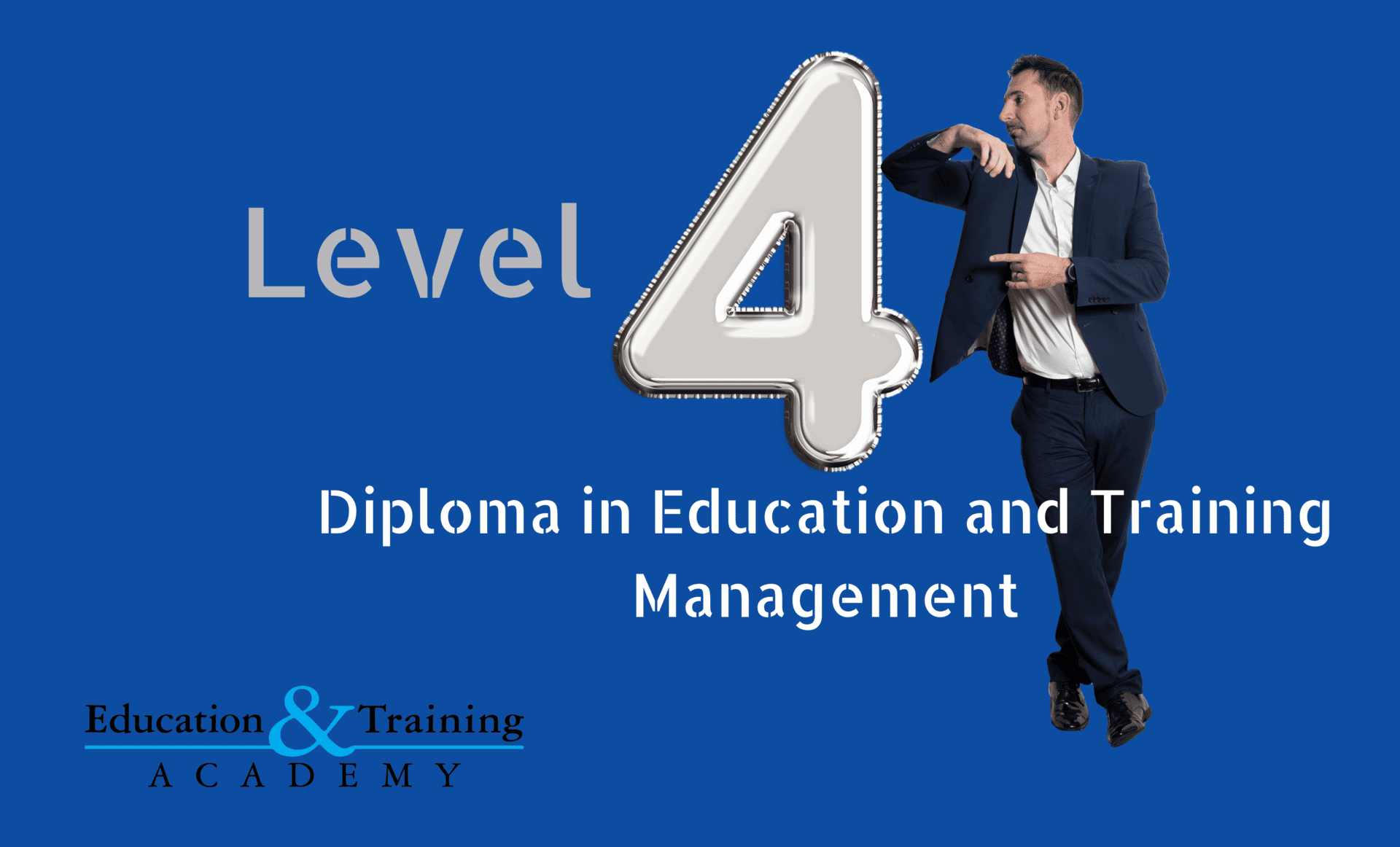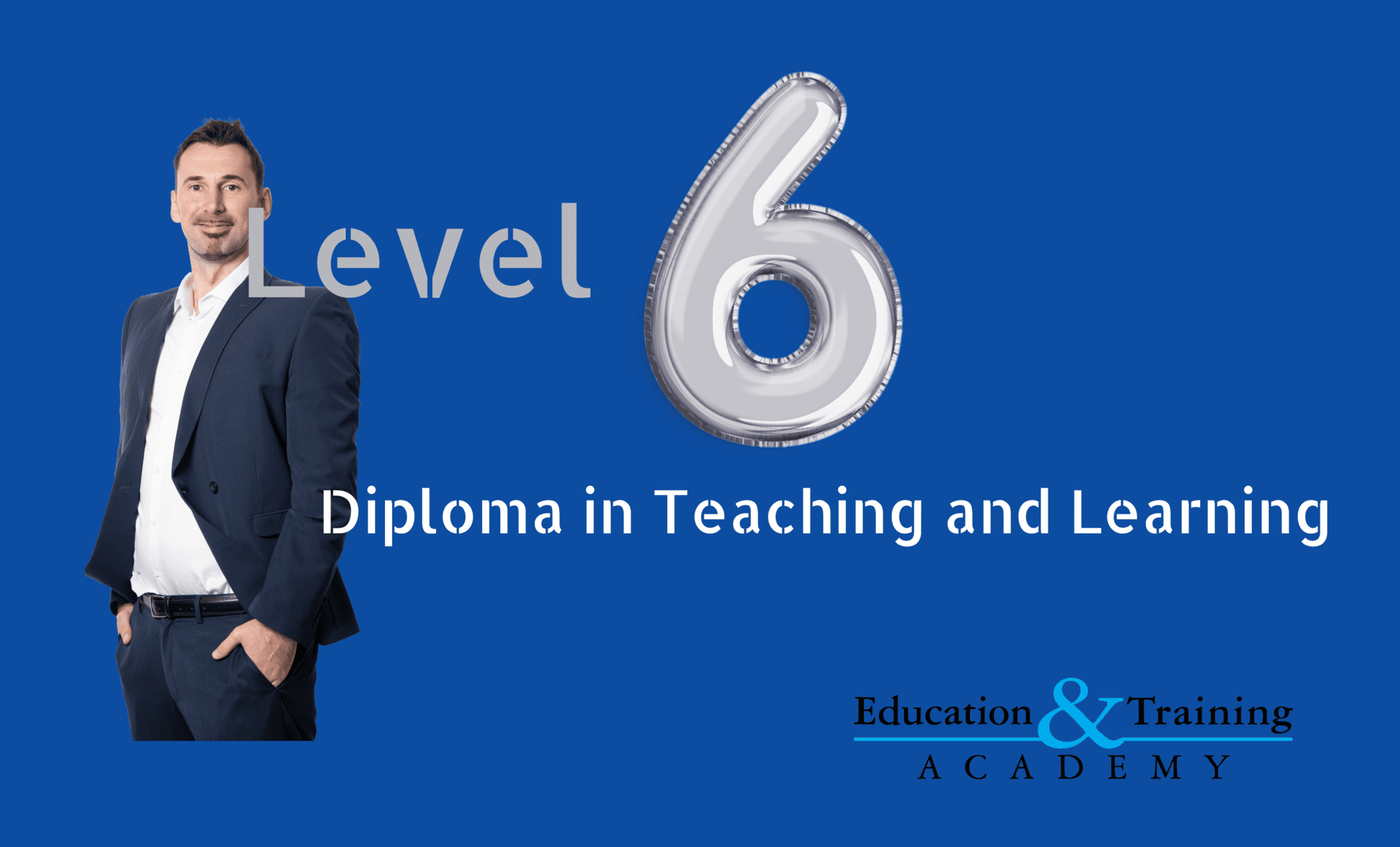
Evaluating for Excellence: Navigating Methods in Level 4 and Level 5 Diplomas
In the educational pathways of the Level 4 Diploma in Education and Training Management and the Level 5 Diploma in Teaching (FE and Skills) (DiT), the evaluation of education and training provision is critical for ensuring excellence. By employing a variety of evaluation methods, educators can gain comprehensive insights into program effectiveness, learner achievement, and areas for improvement. This blog compares and contrasts key evaluation methods, shedding light on their unique contributions to educational quality.
Quantitative vs. Qualitative Assessments: Measuring Success and Understanding Experience
- Quantitative Assessments: These assessments are indispensable for obtaining objective, measurable data. Employing tools like standardised tests and surveys, this approach excels in tracking learner progress and program outcomes, providing a clear, numeric baseline for comparison.
- Pros: Objectivity and ease of comparison.
- Cons: Potential oversight of individual learner differences and the qualitative aspects of the educational experience.
- Qualitative Assessments: Delving into the nuances of learning, qualitative assessments use interviews and observations to capture detailed insights into the educational journey. This method illuminates the effectiveness of teaching strategies, learner engagement levels, and the overall impact of the educational environment.
- Pros: Depth of understanding and richness of context.
- Cons: Subjectivity and challenges in generalisation.
Formative vs. Summative Evaluations: Shaping Learning and Defining Outcomes
- Formative Evaluations: Conducted during the learning process, formative evaluations provide real-time feedback, allowing for immediate adjustments. This continuous loop supports a learner-centred educational model, fostering adaptability and responsiveness.
- Pros: Enables ongoing improvement and enhances learner engagement.
- Cons: May not fully capture end outcomes or program efficacy.
- Summative Evaluations: Implemented at the culmination of an educational program, summative evaluations assess overall achievement and learning outcomes. These evaluations are crucial for certifying learner competence and program success.
- Pros: Conclusive evidence of achievement and program effectiveness.
- Cons: Limited feedback for in-course improvement and potential stress for learners and educators.
Peer Review vs. Self-Assessment: External Insights and Reflective Growth
- Peer Review: This method involves external evaluation by peers or experts, offering an objective perspective on educational practices. Peer reviews can uncover new opportunities for improvement and bring fresh insights into the educational provision.
- Pros: Objectivity and the benefit of external expertise.
- Cons: Influences of interpersonal dynamics and the need for a culture of openness.
- Self-Assessment: Encouraging educators to engage in reflective practice, self-assessments foster personal and professional growth. This introspective approach allows educators to critically examine their teaching methods, course design, and learner engagement.
- Pros: Promotes continuous personal development and is highly customizable.
- Cons: Subject to personal bias and relies on individual commitment to reflection.
Conclusion
In navigating the evaluation of education and training within the Level 4 and Level 5 Diplomas, embracing a blend of quantitative and qualitative assessments, alongside formative and summative evaluations, enriches our understanding of educational effectiveness. Integrating peer review and self-assessment into this mix further broadens the perspective, offering a holistic view that can drive continuous improvement. By thoughtfully applying these varied methods, educators and institutions can ensure that their programs not only meet but surpass the standards of quality, relevance, and effectiveness, ultimately fostering an environment of excellence and achievement for all learners.


